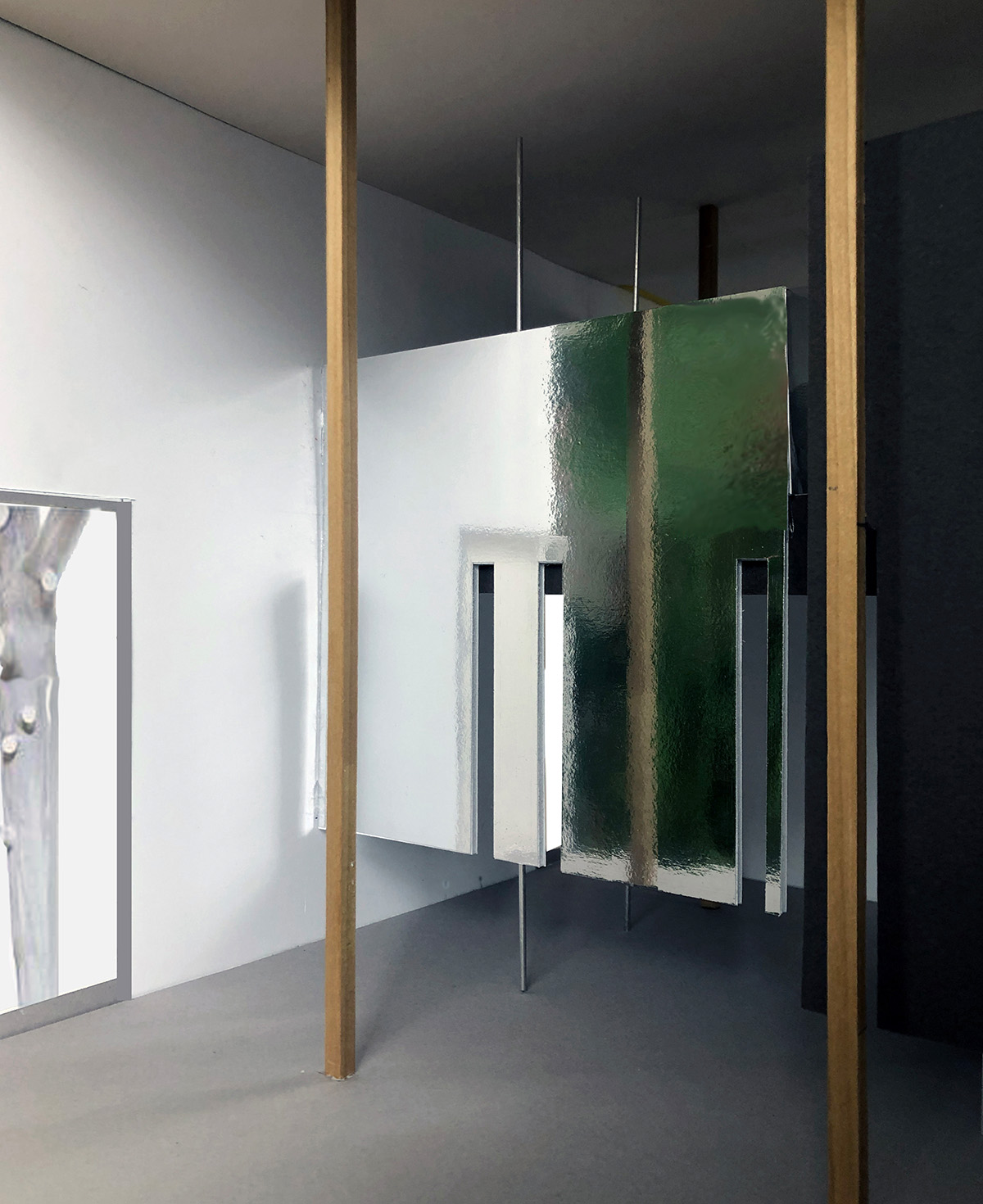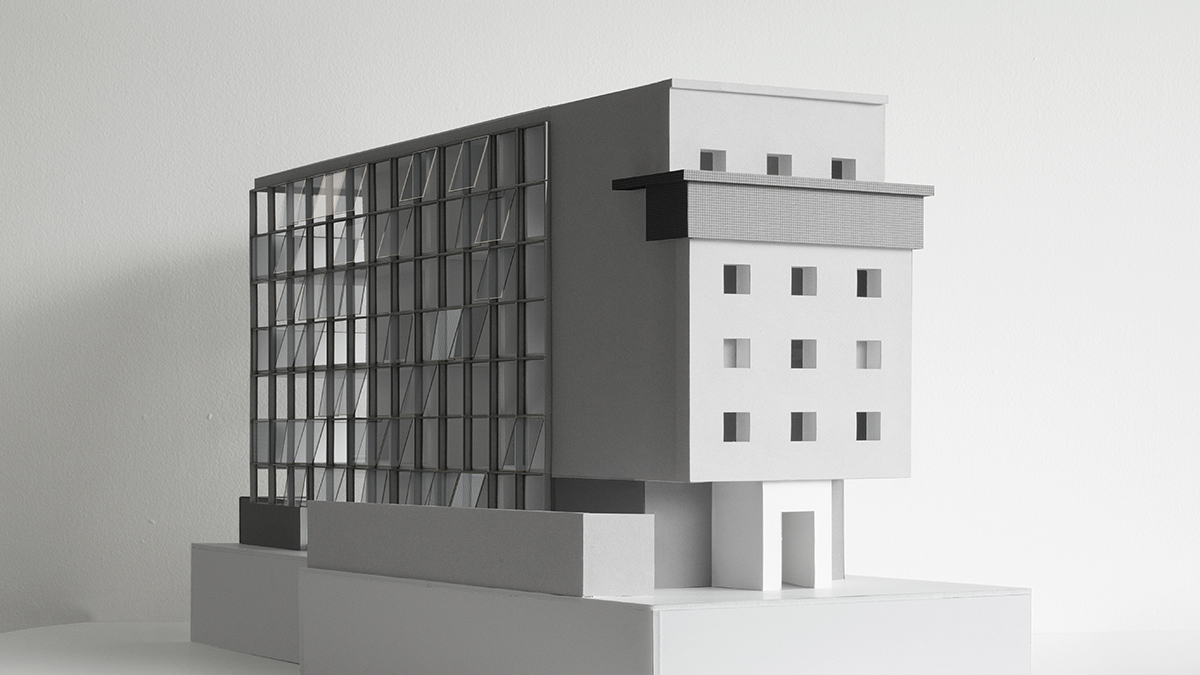Geometry, Order, and Mannerism
The architecture of the Italian Renaissance is an architecture consisting of incomplete individual buildings and magnificent urban fragments. The artistic return to antiquity was above all a creative act set against a background of only fragmentary knowledge. Often with modest means, the master-builders of the Renaissance created works that have still not lost their expressive power today. The Renaissance buildings that appeal to us draw their power from the tension and resistance intrinsic to works that equally admit ideal and reality, imagination and contradiction, recklessness and conformism.
The studio Geometry, Order, and Mannerism is an optimistic answer to a moment of crisis. We will look for strategies that allow us to absorb contradictions and conflicting goals into a project. The studio is therefore affirmative rather than critical. It values the fragmentary and open character of a project. This could result in work that feels artificial, not natural, work that is self-conscious and demanding – an architecture that values the observer as an intelligent, critical opposite. This semester we will design buildings in this spirit. We will look simultaneously at buildings from the Renaissance and from today. The richness of architecture is the theme of the semester.
Cambridge’s urbanity is determined by the dichotomy between Harvard’s formal plan and its surrounding 19th century urban street grid. Inside the grid, the individual character of each building creates a rich yet fragmented urban texture. This semester we will work along Broadway and we will explore the possibilities of its urban development. Each student will design an urban apartment building. We will work on the urban setting, the plans and the façades at the same time.
Reference pairs consisting of a work from the Italian Renaissance and an American project from the 20th century will form the cultural context of our work during the semester. The reference pairs constitute an “in-between space,” in which we will work on and discuss the questions of Gestalt and the effects of architectural elements. We will not look at the references in a historical or stylistic way, but as individual creative achievements, formed in a past era, which was just as contradictory and brittle as our times.
This studio has an irregular schedule. Oliver Luetjens will be in residence on January 23, 24; February 6, 7; March 5, 6, 16 (optional); April 16, 17; May 1, 4, 5 for Final Reviews. Thomas Padmanabhan will be in residence on January 23, 24; February 20, 21; March 16 (optional); April 2, 3; May 1, 4, 5 for Final Reviews. The instructors will also be available via Skype in the intervening weeks. This studio will travel to Philadelphia, Pennsylvania.
Projects
-

27 Pillars
Oliver Lütjens and Thomas Padmanabhan, Instructors
Spring 2020
-

Housing with a long corridor
Oliver Lütjens and Thomas Padmanabhan, Instructors
Spring 2020